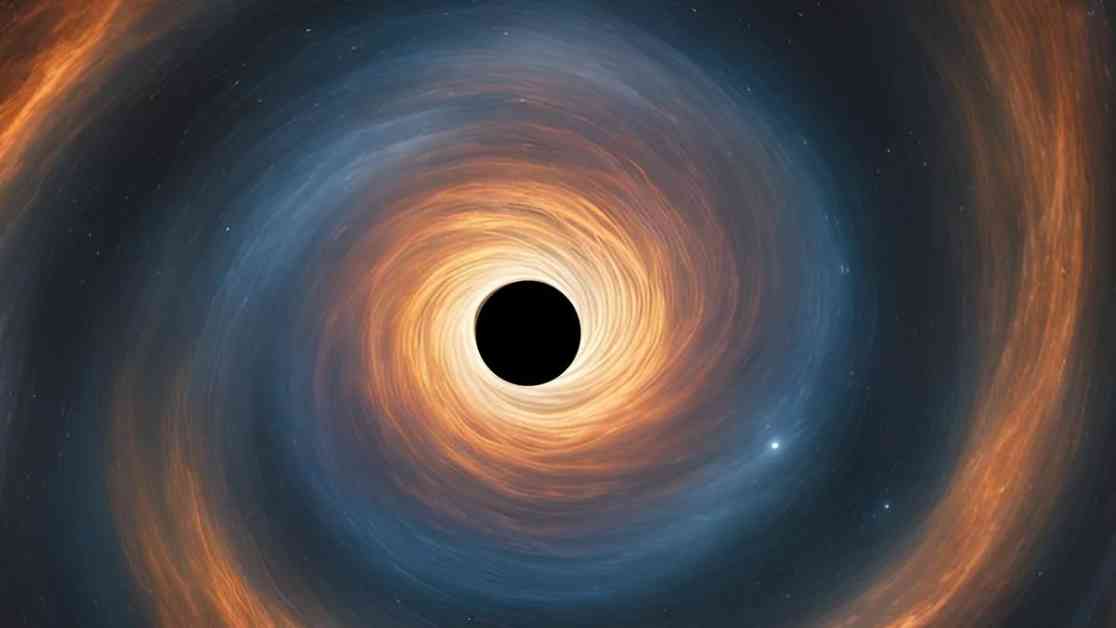Supermassive black holes have been known to captivate the minds of scientists and enthusiasts alike with their mysterious nature and immense power. Recently, a groundbreaking discovery has shed new light on these cosmic giants, revealing that some supermassive black holes are spinning at a much faster rate than previously believed. This revelation came as a result of a novel approach known as “black hole archeology,” which connects black hole spins to the material they have consumed over billions of years of cosmic history.
The Sloan Digital Sky Survey (SDSS) was instrumental in uncovering these findings, suggesting that the early universe may have been more organized than previously thought. Moreover, the growth of supermassive black holes through a series of mergers triggered by galactic collisions and mergers may be complemented by their voracious consumption of surrounding gas and dust.
Logan Fries, a researcher from the University of Connecticut, emphasized the unexpected discovery, stating that the rapid spin of these supermassive black holes could not be solely attributed to galaxy mergers. Instead, these cosmic behemoths likely formed from material falling into them, gradually increasing their mass and accelerating their rotation.
The task of measuring a black hole’s spin is no easy feat, as it involves distinguishing between the black hole’s spin and the rotation of the accretion disk surrounding it. Jonathan Trump, another team member and researcher at the University of Connecticut, emphasized the importance of focusing on the innermost region where gas falls into the black hole’s event horizon to discern its spin.
To tackle this challenge, the team utilized the SDSS’s Reverberation Mapping project, which provided precise mass measurements for hundreds of black holes and detailed observations of their accretion disks. By analyzing the emitted light spectrum, scientists were able to determine the rate at which a black hole spins, offering insights into its evolutionary history.
The concept of “black hole archeology” was coined to describe this approach, which delves into the fossil record of black holes by examining their spin rates. By comparing observed spins to theoretical predictions, researchers can gain a deeper understanding of how these cosmic entities have evolved over time.
Contrary to expectations, the team’s research revealed that many black holes are spinning faster than anticipated, particularly those in distant galaxies. This suggests that black holes may gradually accumulate angular momentum through the accretion of dust and gas, leading to their increased spin over time.
The findings presented by Fries at the American Astronomical Society meeting underscore the importance of continued exploration and observation of supermassive black holes to refine our understanding of these enigmatic cosmic phenomena. As Juna Kollmeier, Director of SDSS-V, aptly stated, black holes remain at the forefront of human knowledge, challenging us to push the boundaries of astrophysical research.
In conclusion, the discovery of rapidly spinning supermassive black holes offers a glimpse into the dynamic evolution of these cosmic entities and underscores the need for further exploration and study to unravel the mysteries of the universe. The intricate dance of matter and energy around these cosmic giants continues to fascinate and inspire scientists as they strive to unlock the secrets of the cosmos.










